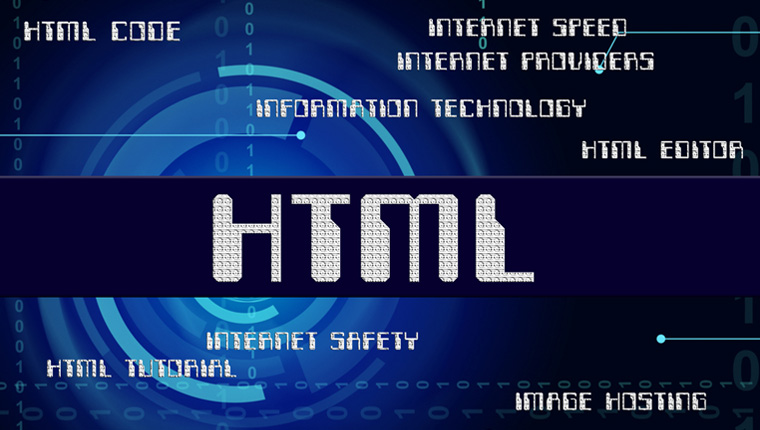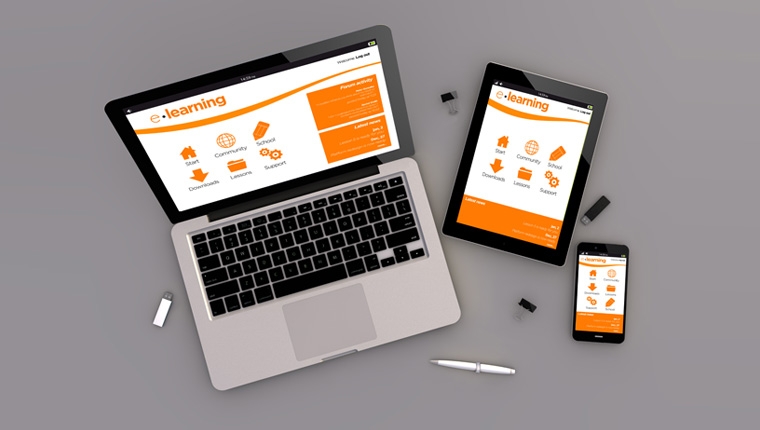Converting Flash to HTML5: Why Authoring Tools Score Over HTML5 Code

The death knell has sounded for Flash and by 2020 we should be all set to bid goodbye to this wonderful software that played a pivotal role in bringing interactivity and creativity to online learning. So, what happens to those Flash-based courses that continue to remain valuable assets in your training kit? Added to this is the fact that an increasing number of learners prefer to access e-learning courses on mobile devices of their choice. The only option is to convert Flash to HTML5 technology using authoring tools or HTML5 coding to make e-learning courses responsive so that they work on multiple operating systems and multiple devices, irrespective of screen sizes and resolutions.
Authoring tools vs HTML5 Code in Converting Flash to HTML5
Advantages offered by authoring tools as compared to HTML5 code are:
- Technical load is minimized
- Development time and cost is reduced
- Updating courses is easy
- Interactivity of courses can be enhanced
- Courses can be made SCORM-compliant
- Accessible eLearning can be developed
- Data security is enhanced
As training managers involved in the design and development of e-learning courses, you can have e-learning developers use an authoring tool that produces HTML5 output or write HTML5 code to develop the responsive course. Each method has its own advantages; however, there are a couple of reasons authoring tools score over the use of HTML5 code, especially in organizations where e-learning is widely used. Read on to know more.
Converting Flash to HTML5? Reasons for the Popularity of Authoring Tools
1. Minimizes Technical Overhead
If e-learning is widely used in your organization, there is every chance that you already have an in-house team to work on rolling out training programs to various departments. With an authoring tool, it is easier to develop e-learning courses compared to coding in HTML5.
Authoring tools offer WYSIWYG (What You See Is What You Get) interfaces that make e-learning development a breeze. Haven’t we all heard of SMEs working on designing eLearning courses? That’s become a reality, thanks to authoring tools that allow just about anyone to start using the tool to create e-learning slides.
Imagine the number of resources you would have to employ if you had to write HTML5 code to convert Flash to HTML5. Authoring tools such as Articulate Storyline, Lectora Inspire, and the iSpring Suite with their easy learning curves minimize the technical overhead that programming purely in HTML5 brings.
2. Cuts Down on Course Development Time and Cost
Most organizations need training programs for tomorrow, developed and delivered today. If you were to rely only on HTML5 programmers who can code, to rollout e-learning courses, you need to understand that the time taken for e-learning course development will certainly increase.
Even if you were to outsource the task of converting Flash to HTML5, the timelines for development would be more compared to using an authoring tool. One of the biggest advantages offered by an authoring tool is that, it just takes a few clicks and you are all set to use the readymade templates, scenarios, and interactive elements offered by the tool. Outsourcing Flash to HTML5 conversions can prove to be beneficial when compared to in-house development.
When you are converting Flash to HTML5, using an authoring tool can save your training dollars, as the time taken for course development is shortened. On the other hand, if you were to use HTML5 code, you would need people with a specific skill set to work on course development and that would naturally mean a higher expense.
3. Eases the Process of Updating Courses
You need changes made to a course that has already been rolled out? For example, updating a course to reflect a small change in the process or policy is not a complex task. With an authoring tool that’s easy to use, you can make the changes yourself or get team members or SMEs to update the responsive e-course, instead of relying on a programmer. Converting Flash to HTML5 presents you with an opportunity to get old courses updated, and this is easily possible with authoring tools.
4. Ups the Interactivity Quotient
Both authoring tools and HTML5 code can no doubt bring the ‘WOW’ factor to an e-learning course. In fact, programming offers the scope to build highly interactive courses. But with an authoring tool, it’s easier to add interactivities with the readymade templates and image libraries that are available, not to forget the reduced cost as compared to programming in HTML5.
So, when you are looking at converting Flash to HTML5 in a manner that’s truly rapid, yet does not compromise on interactivity and learner engagement, an authoring tool is definitely indispensable.
5. Meets the Demand for SCORM-compliant Courses
Your e-learning course is expected to conform with the SCORM (Shareable Content Object Reference Model) standards so that learners’ progress can be tracked, irrespective of the mobile device that they are accessing the course from.
After you convert Flash to HTML5, these courses need to be made accessible to learners. Authoring tools come with a built-in option to publish SCORM-compliant courses to the LMS. If you were to use only HTML5 code, it does take additional effort to write the code to make the course SCORM-compliant.
6. Makes Accessible E-learning Development Effortless
It is not easy to design accessible e-learning courses (those that adhere to Section 508 and WCAG guidelines) that give learners an engaging learning experience, regardless of their disabilities. Most authoring tools provide a way to define features such as alternative text for visual elements and synchronized captioning for learners with visual and auditory disabilities respectively.
It’s a good idea to convert Flash to HTML5 and rollout accessible eLearning using authoring tools. It would require additional effort to program these functionalities using HTML5 code.
7. Provides Data Security
The security offered by HTML5 is only as good as the programmer who writes the code. If the programmer makes a mistake, the security and privacy of data is at stake. Since HTML5 uses JavaScript, the vulnerabilities of this script pose a security threat to the learners’ mobile devices.
In case of an authoring tool, the authoring tool provider continuously monitors the security and implements fixes in case of security vulnerabilities. So, the onus of security also lies on the authoring tool service provider.
Authoring tools definitely score over plain HTML5 code when it comes to e-learning adoption on a large scale. But if there is a one-odd responsive course that involves a lot of complex customizations, perhaps you can turn to HTML5 programmers to work on e-learning course development.
With big names in authoring tool service providers such as Articulate, Lectora, and Adobe improvising their versions of tools, truly responsive e-learning is no longer a myth. And for organizations that have a treasure trove of courses that require converting Flash to HTML5 to make them responsive, authoring tools simplify the task to a great extent.





